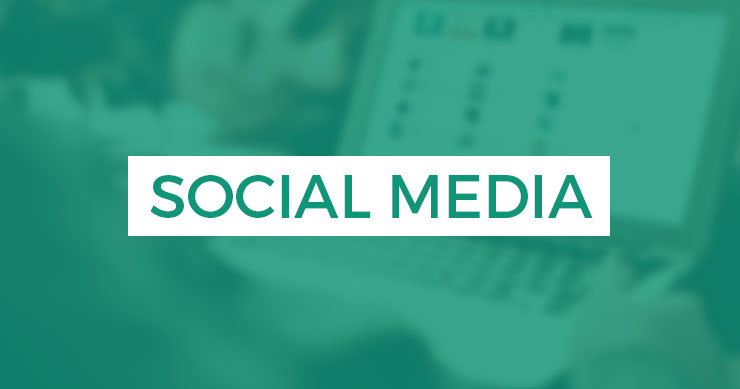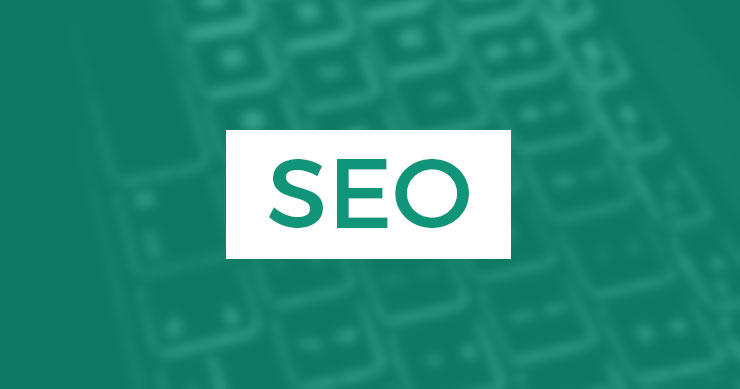It has been a few days since my first-ever conference as an Outspoken Media employee, and first-ever Distilled conference. Now that we’ve had countless conversations about the stellar content presented at LinkLove, it’s time to get busy using the knowledge we gained.
If you haven’t been able to attend a LinkLove conference, add it to your list of things to do as an SEO because the rapid-fire presentations are varied and chock-full of actionable tools, techniques, and trends that can easily translate into further success for your campaigns. In three simple words, LinkLove doesn’t disappoint.
Not sure how to attend a conference? Here are some tips:
Now, let’s take a look at some of the key takeaways from Linklove that resonated strongly with me, and how we at Outspoken Media will make use of them for our clients, and for our internal processes.
F#$%! Link Building—Rand Fishkin
In Rand Fishkin’s presentation “F#$%! Linking Building—Content Marketing FTW,” (slides here) he truly drove home the point that social signals continue to be increasingly important to search engine algorithms. While links are still important, appealing to the social side of the web is key to staying in line with where the search engines are taking the algorithm. Later in the day, Wil Reynolds spoke about cultivating relationships socially for links, but Rand’s point about great content and social signals is surely a foundation for actual content to link to. Beyond that, creating content that drives long-term value to a website is vital.
Simply building links doesn’t cut it, from either a tactical or strategic point of view.
At Outspoken Media, we’re already sticklers for good content strategy, and we have a great content strategist, so the biggest takeaway for me was how to use tools to help crowdsource content topics built for longevity. Some of those tools include followerwonk, Topsy and Google Discussions, which can all help generate kickass content ideas aligned with satisfying a need for an audience in any niche.
Best in Show: Tools for Building Links—John Doherty
I was fortunate enough to meet John after his presentation, and he’s a super nice guy who happens to have a robust link-building tool belt to work with. There were so many tool descriptions in his presentation, I felt like a kid in a candy store. As much as I like to be a purist, nothing can replace having good tools at your fingertips that help streamline your process, save you time, and give you a competitive advantage. And like John says, the right tools “speed up parts of link building so we can focus more on outreach.”
See John’s complete presentation for yourself, but let’s look at a handful of tools I’d like to use more in our everyday work lives here at Outspoken Media.
Tools That Stood Out
Link Prospector by Citation Labs
Manually prospecting for links is a necessary skill for SEOs and link builders. It teaches you how to quickly evaluate link prospects, but the process can be a slow one. That’s where Link Prospector comes in handy. The tool allows you to enter the keywords you desire, and choose the type of link prospects you’re looking for—blogs, interviews, charitable sites, directories, guest-posting, and many more. Using the common (and not-so-common) search queries used by pro link builders, Link Prospector saves you a lot of time and returns lists of prospects that you can save in your profile as campaigns. Once that heavy lifting is done, you move on to evaluating the link prospects, and then on to pitching!
Engag.io
Apart from a lot of emphasis on social signals and building social relationships for better link building, John seemed pumped about using this social conversation tool, as am I. The tool is free, and it serves as a way to visualize and track online conversations in order to build better, more meaningful relationships. Touted as an inbox for your Facebook and Twitter accounts, this tool seems like the right tool at the right time for keeping conversations together.
Building Targets, Relationships and Links—Wil Reynolds
I hadn’t seen Wil speak in person before, but I’ve certainly read enough posts, seen enough tweets, and watched him on video enough times to know he is a very intelligent and engaging speaker. My expectations were definitely met, and then some.
Wil talked about stalking—but the good kind of stalking! If you weren’t able to see the presentation, it’s really his tongue-in-cheek way of making four points (at least, four for me) about building relationships for more links and shares:
- If someone seems like an influencer in whatever space you’re trying to dominate, forge a relationship. Find out as much about them as possible and appeal to their needs. Stalk them, which means help them. Share with them. Connect with them.
- If you run into roadblocks when trying to collect as much data as you can about them, don’t give up. You’ll most likely find a solution right around the corner.
- Work smarter, not harder. Wil presented some clever and time-saving ways to stalk the influencer by collecting data all in one place with your iGoogle page so you’re always in the know and can easily handpick the ways you make a connection. Helping someone with a question or concern is the most successful means of creating a relationship with that person.
- Relationships, relationships, relationships. This can’t be underscored enough. Through our link building efforts, we understand the importance of building a rapport. But when you build a relationship, you have an exponentially better chance of not just getting a single link, but getting multiple links, multiple shares on social media, and creating a relationship for long-term value.
How to Measure and Report on Link Building—Justin Briggs
Justin is no stranger to Outspoken Media (you can read his post about Content-based Outreach for Link Building right here on our blog) and I was super-impressed and inspired by his presentation at LinkLove.
Justin was very frank with everyone on how most reporting is done (number of links, rank and traffic, etc.), and how, more often than not, this practice can miss the mark on more valuable and meaningful metrics. While link building is concentrated on the hustle and nose-to-the-grindstone hard work, there’s an entire financial side to it for the client and the link builder.
For example, if you’re just building links for the sake of having something to report at the end of the month or quarter, however you do your reporting, you’re missing the biggest point of all—your client is probably looking to increase revenue, market-share, and/or influence, not just get links. There’s a financial piece to link building, and if you can deliver reports based on revenue, you’re not only satisfying the client, you’re most likely being more strategic in the types of links your targeting. Both of those practices outweigh the number of links, the simple rank report, and the simple traffic report that many link builders are churning out each month.
A takeaway from his presentation is that if you change the way you’re reporting, and focus reporting on revenue in relation to content and links, it can help you strategize content differently, and help your team come up with even more engaging ideas.
Marketing with Pinterest—Colby Almond
Colby Almond says he doesn’t look for attention. He’s that guy who likes to be behind the scenes. That’s about to change, though, because he gave an incredible presentation about marketing with Pinterest, and he had some amazing data to back up his strategies.
Colby outlined the specific types of content that attract clicks, the exact sizes the content should be, and even the best times to pin that content. He coined the term “instructographics” because of his discovery that how-to content gets the most click-throughs. Colby showed the audience examples of instructional content combined with images. Keep your instructographics simple and engaging with only a handful of steps, using images that match each step. The ideal size of each image should be 500px wide, and no more than 2000px high. When it comes time to pin your content, the peak times for repins and clicks is 6am and 6pm Monday through Friday and 8pm on Sundays.
Prior to watching Colby speak, I had seen some of the value that Pinterest has, but after his presentation, I gained a new respect and came to more realizations of the huge marketing value that exists with Pinterest. And guys, if you’ve been avoiding Pinterest because “it’s just for women,” you’re missing out!
At Outspoken Media, we’re already generating ideas for marketing with Pinterest, and can’t wait to see where it goes. You should be, too.
Until Next Year, LinkLove
It was so exciting to attend LinkLove Boston with Rhea and Michelle. We’re already implementing many of the ideas we heard there. Thank you Distilled, all of the speakers, and Boston. See you next year, and we hope you can make it there as well!


